As the allure of cannabis edibles grows stronger in our modern culture, it becomes increasingly important to navigate this space with both curiosity and caution. What exactly goes into determining the right dosage of THC, and why is it crucial for both new and experienced users to get it right?
This article aims to unfold the layers of understanding necessary to enjoy cannabis edibles safely and effectively. From the basics of THC and its impact on the body to personalized dosing strategies and safety protocols, we cover essential insights that promise to enhance your experience.
The journey into the world of cannabis edibles is as exciting as it is intricate. Have you ever wondered how your body weight or tolerance level affects your ideal dosage? Or perhaps, the concept of microdosing is something you've heard about but not fully understood. As we explore these topics, we invite you to join us in discovering the joy of cannabis edibles and the best practices that ensure every experience is both enjoyable and safe.
Starting Your Journey: Understanding THC Dosage Basics
THC, or tetrahydrocannabinol, is the primary psychoactive component in cannabis that is responsible for the "high" sensation. Understanding its effects on the body is crucial for anyone looking to explore cannabis edibles. THC interacts with the body's endocannabinoid system, influencing mood, perception, and cognition. The potency of an edible can vary greatly, making dosage an essential consideration.
Dosages in cannabis edibles are measured in milligrams (mg) of THC. A standard dose for experienced users is typically around 10mg of THC. However, for beginners, the mantra "start low and go slow" is particularly pertinent. Starting with a dose as low as 2.5-5mg of THC is advisable to gauge individual tolerance and avoid adverse effects. This cautious approach helps mitigate the intensity of the experience, as the effects of edibles can be more potent and longer-lasting than other forms of cannabis consumption.
Personalizing Your Experience: Dosage Recommendations by Body Weight and Tolerance
Determining the right THC dosage isn't a one-size-fits-all scenario. Factors like body weight and personal tolerance play significant roles. For instance, someone weighing around 100 lbs might start with a dose between 2.5-10 mg of THC, while someone at 150 lbs could consider starting with 5-15 mg. These guidelines serve as a starting point, and individuals should adjust their intake based on their experiences and comfort levels.
Tolerance is another critical factor. Regular cannabis users might find that they require a higher dose to achieve the desired effects, whereas new users have a lower tolerance. It's essential to gradually increase the dosage in small increments. This method ensures safety and helps users find their optimal dose without overshooting into uncomfortable territory.
The Art of Microdosing: Benefits and Techniques
Microdosing is a consumption technique involving taking minimal amounts of THC to achieve mild or sub-perceptual effects. It has gained popularity for its potential to enhance mood, creativity, and overall well-being without the intense high associated with larger doses. Starting with doses as low as 1-2.5 mg of THC can be an excellent way for beginners to familiarize themselves with the effects of cannabis edibles.
The benefits of microdosing include:
- Increased focus and creativity
- Improved mood and reduced anxiety
- Subtle enhancement of daily activities without disruption
To effectively microdose, users should maintain a consistent schedule, taking small doses at regular intervals. This regimen allows the body to build a slight tolerance, which can lead to more significant benefits over time.
Safety First: Best Practices for Consuming Edibles
When it comes to consuming cannabis edibles, safety should always be a priority. Proper storage and labeling of edibles are crucial to prevent accidental consumption, especially in households with children or pets. Edibles should be kept in child-proof containers and clearly labeled with their THC content and other pertinent information.
Understanding the onset time of edibles is also vital. Unlike smoking or vaping, where effects are almost immediate, edibles can take anywhere from 30 minutes to 2 hours to take effect. This delayed onset can lead to overconsumption if one is not patient. It's important to wait and assess the effects before considering an additional dose.
In case of consuming too much, the best course of action is to stay calm, hydrate, and rest. The effects will eventually subside, and it's important to remember that no fatal overdoses from cannabis have been reported.
By adhering to these safety practices, users can ensure a positive and safe experience with cannabis edibles. Remember, responsible use is key to enjoying the benefits of cannabis while minimizing risks.
Key Takeaways on Cannabis Edibles Dosage and Safety
Navigating the world of cannabis edibles requires a blend of curiosity and caution. Starting with a low dose and gradually increasing it allows individuals to explore their personal tolerance levels safely. Factors like body weight and previous exposure to cannabis significantly influence the ideal THC dosage, making personalized dosing essential for a pleasant experience. Microdosing offers a subtle yet effective way to enjoy the benefits of THC without the overwhelming high, enhancing daily activities with improved focus and creativity.
Safety remains critical in the consumption of cannabis edibles. Proper labeling and storage, understanding the delayed onset of effects, and knowing how to handle overconsumption are critical to ensuring a positive experience. As you continue to explore the intricate world of cannabis edibles, remember that responsible use not only maximizes benefits but also minimizes risks. Let's keep the conversation going, fostering a community that's informed, cautious, and excited about the possibilities within the world of cannabis.
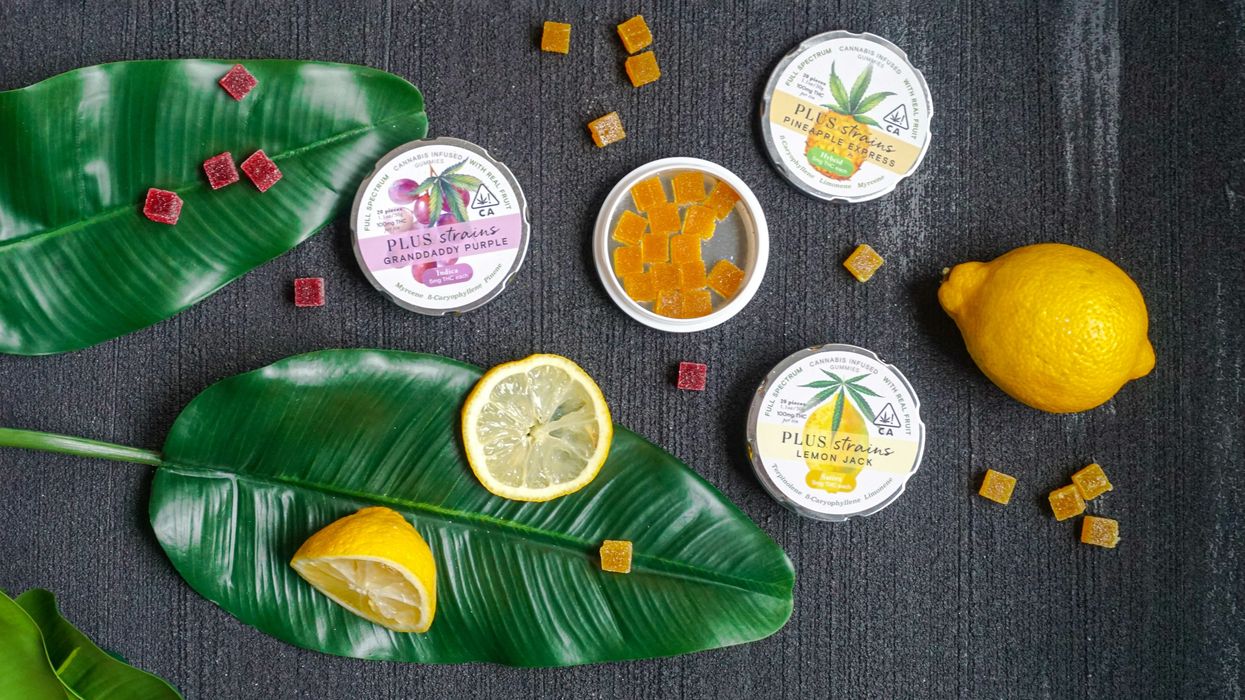

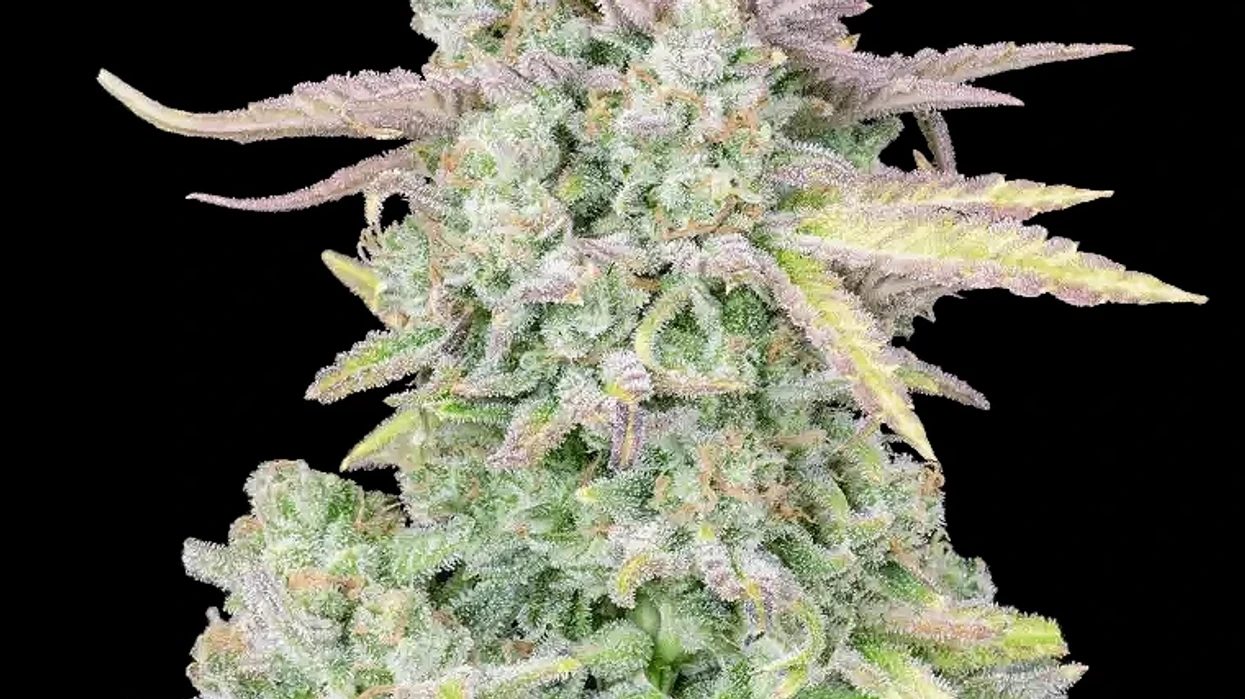
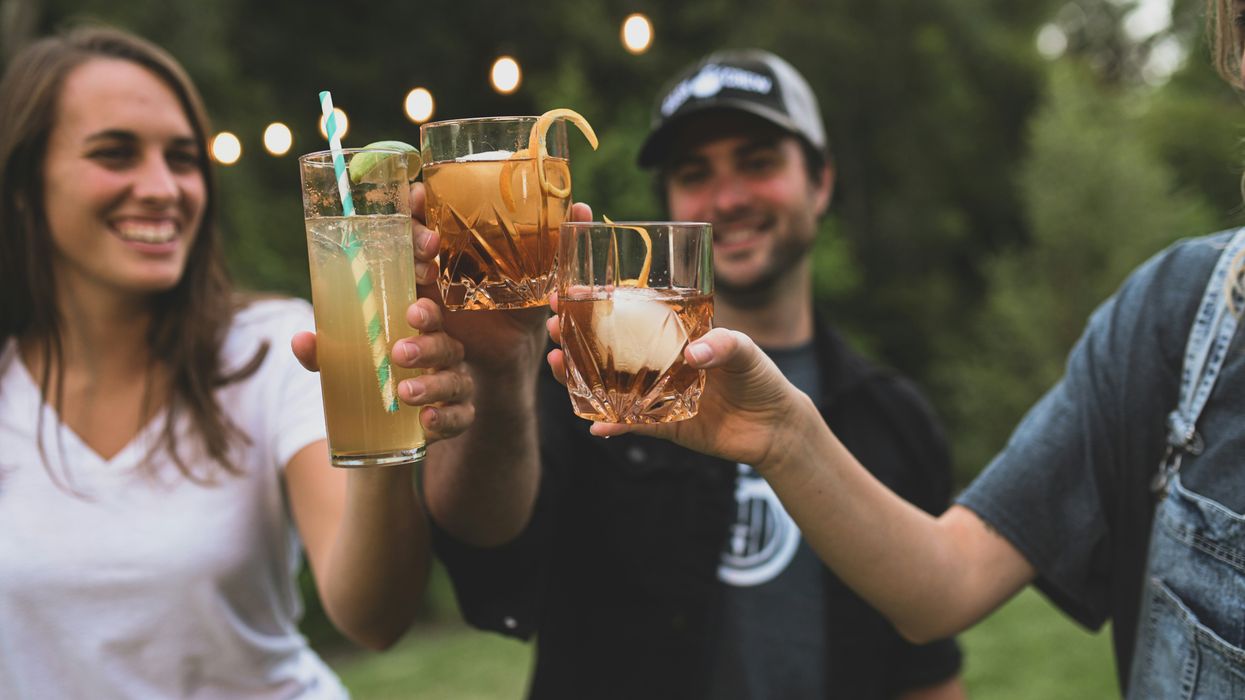
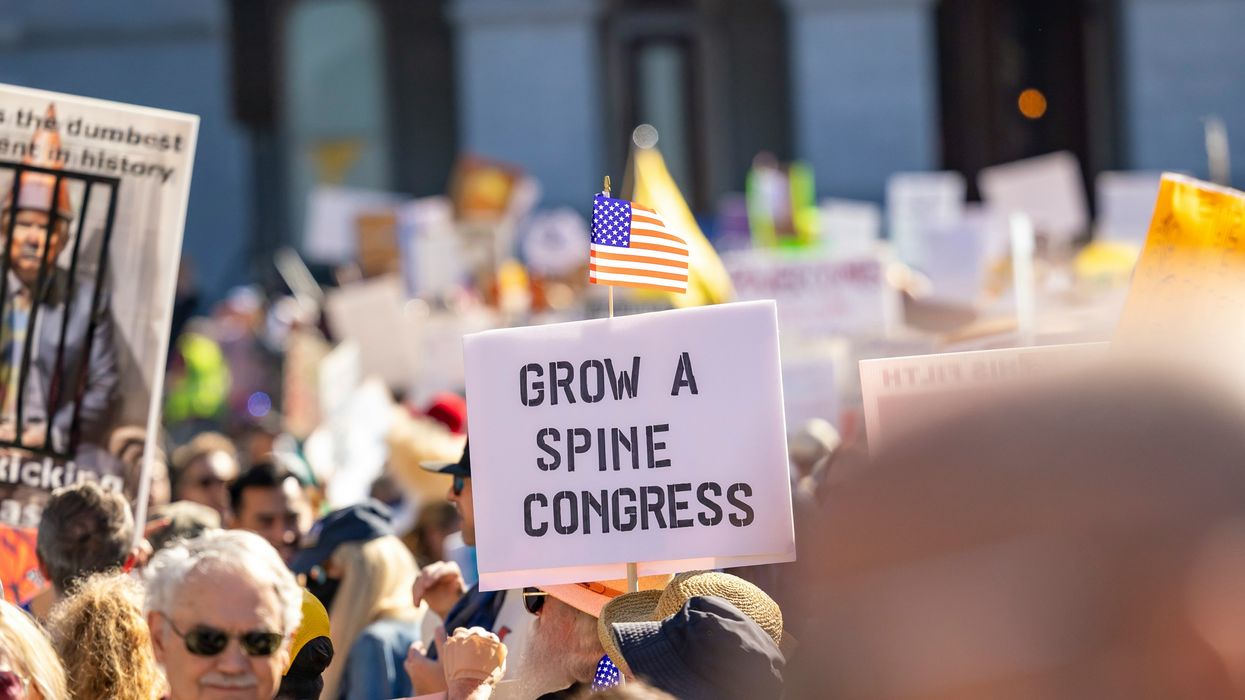

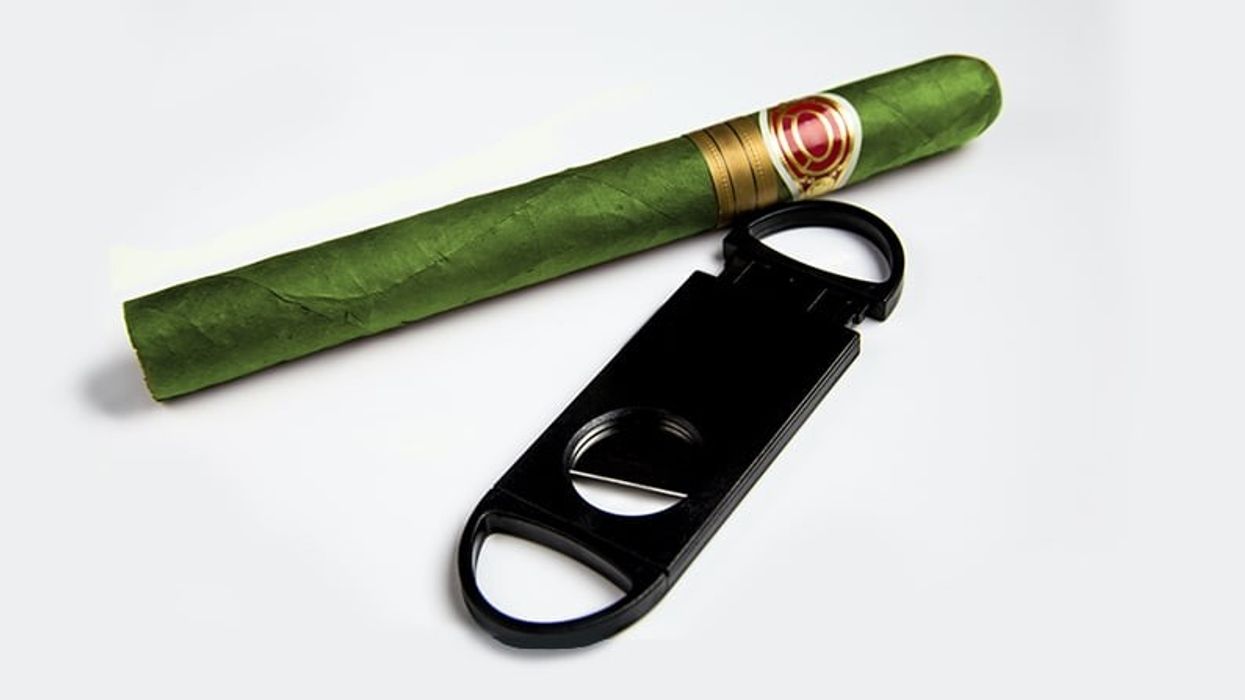
 How to Make a Cannagar Without a Mold: A Comprehensive Guide - The Bluntness
Photo by
How to Make a Cannagar Without a Mold: A Comprehensive Guide - The Bluntness
Photo by 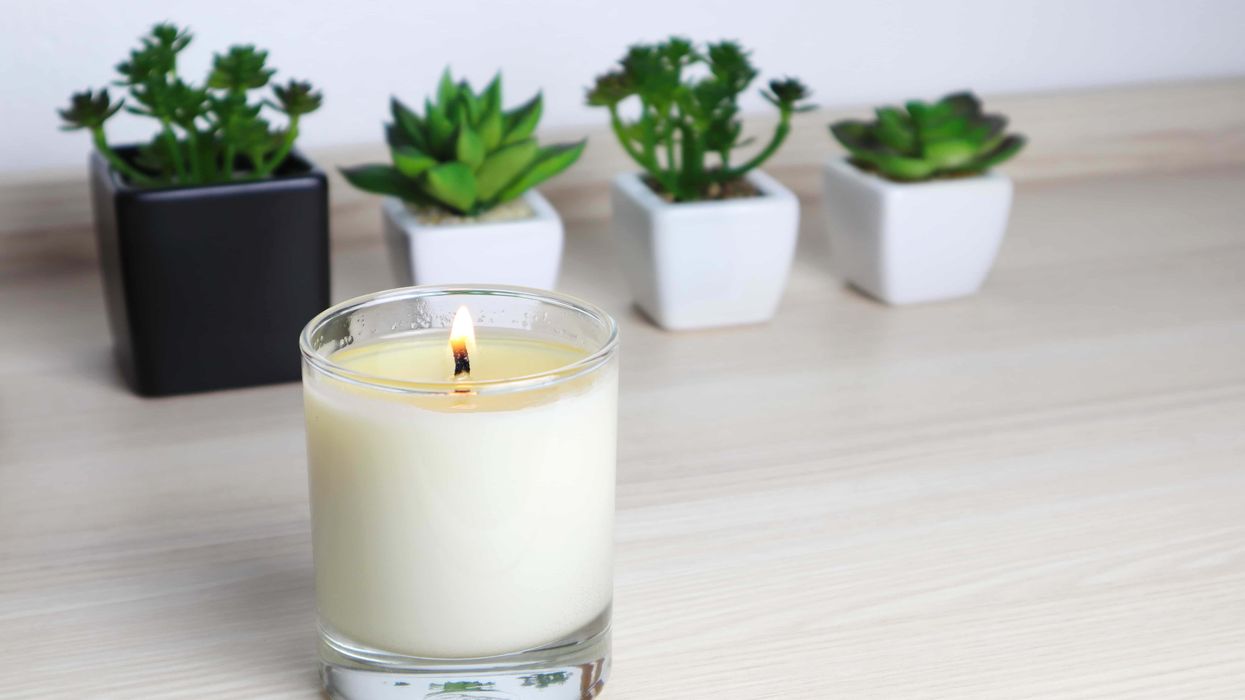
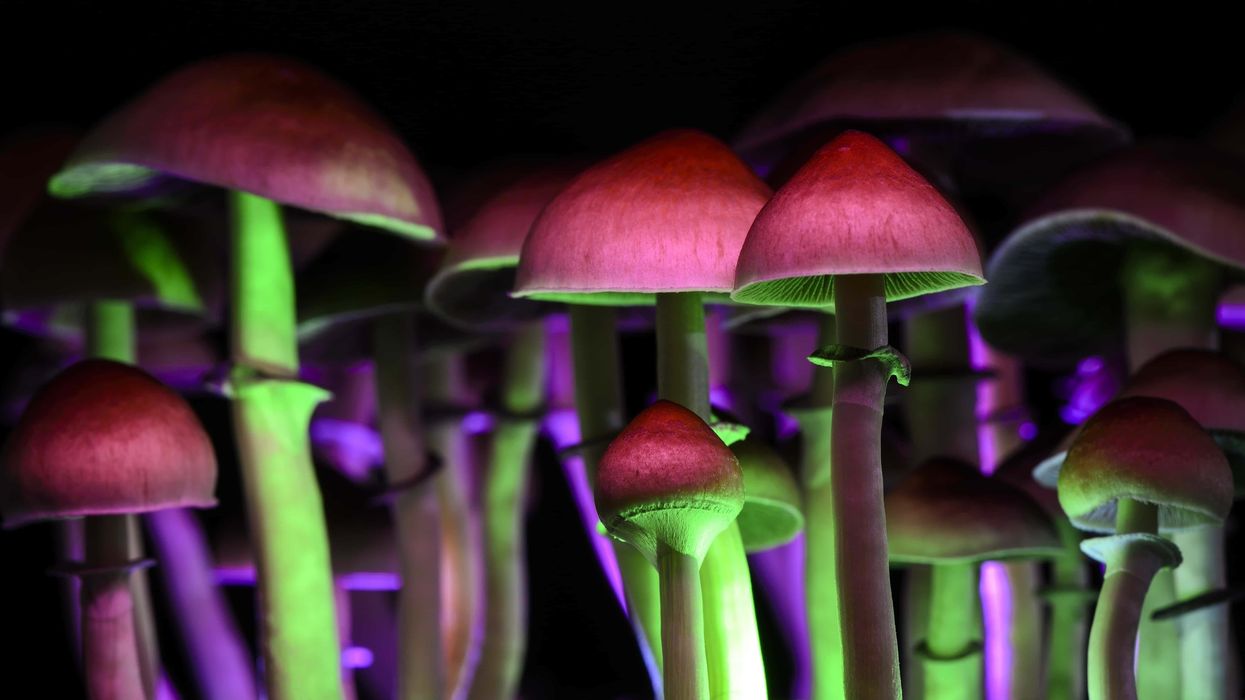
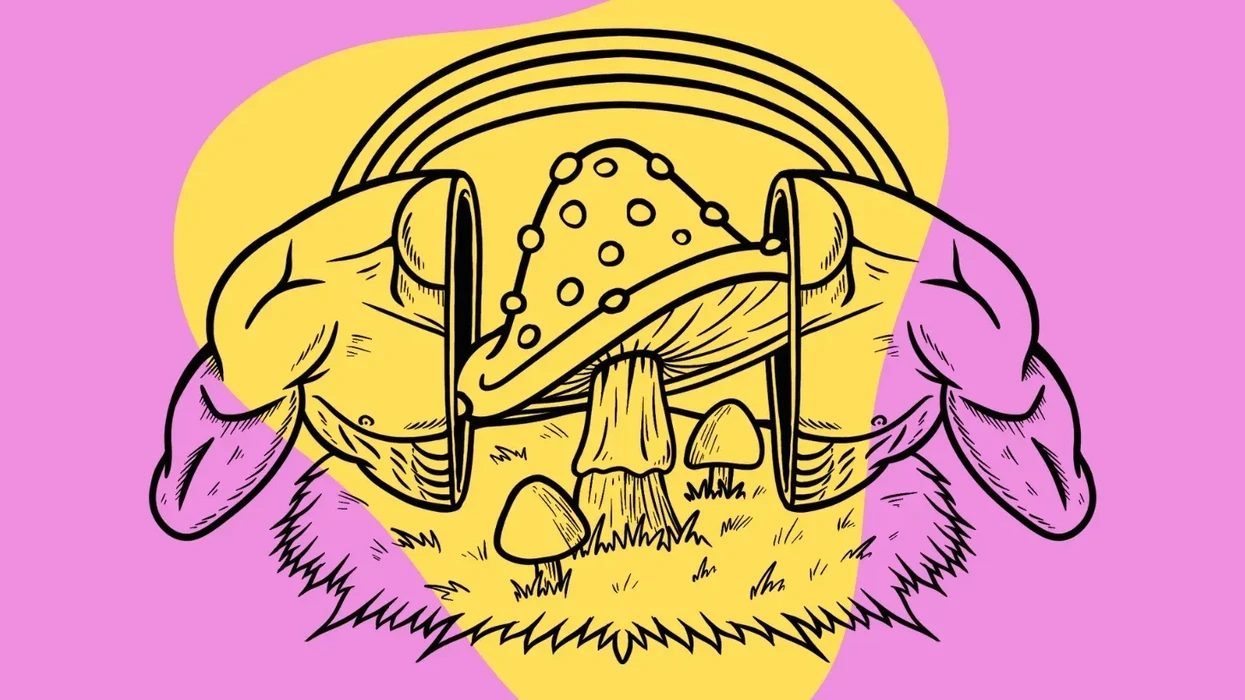
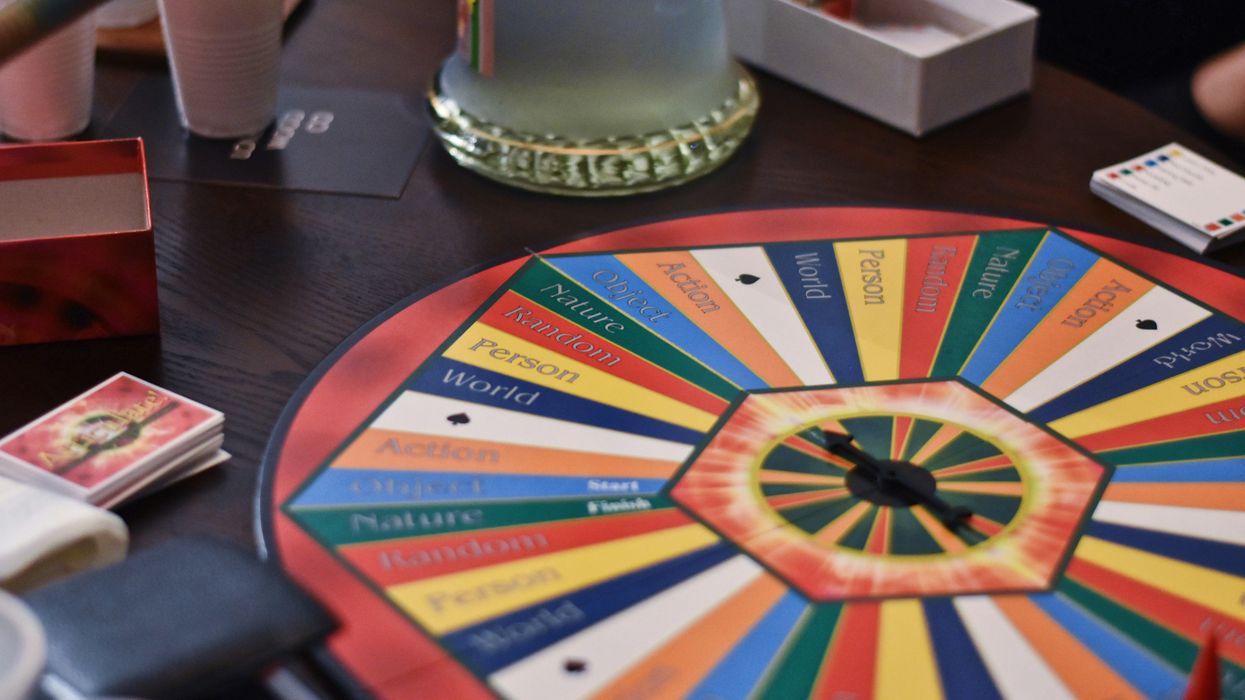
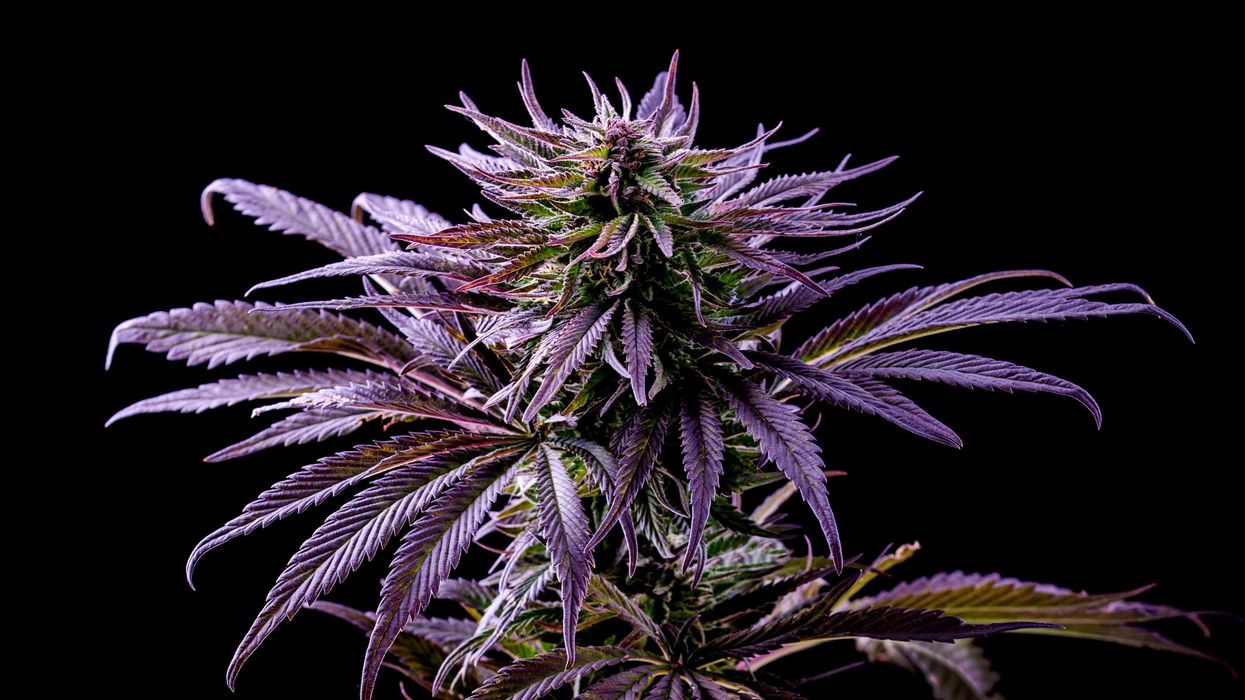
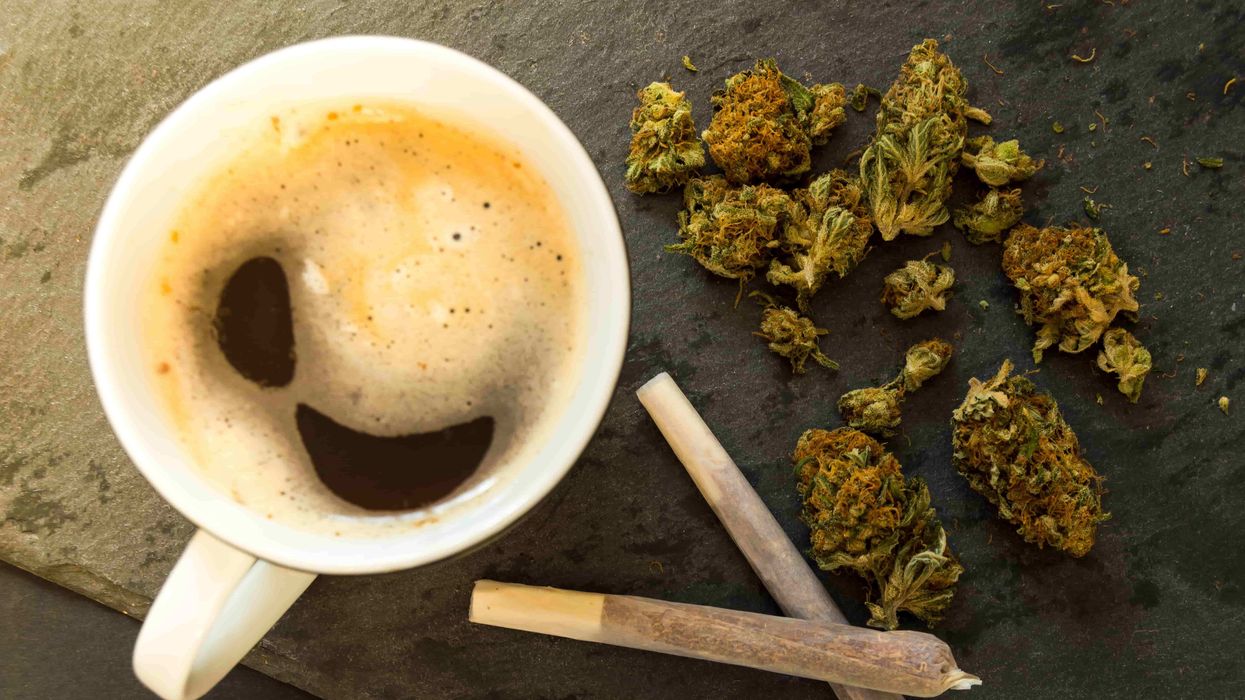
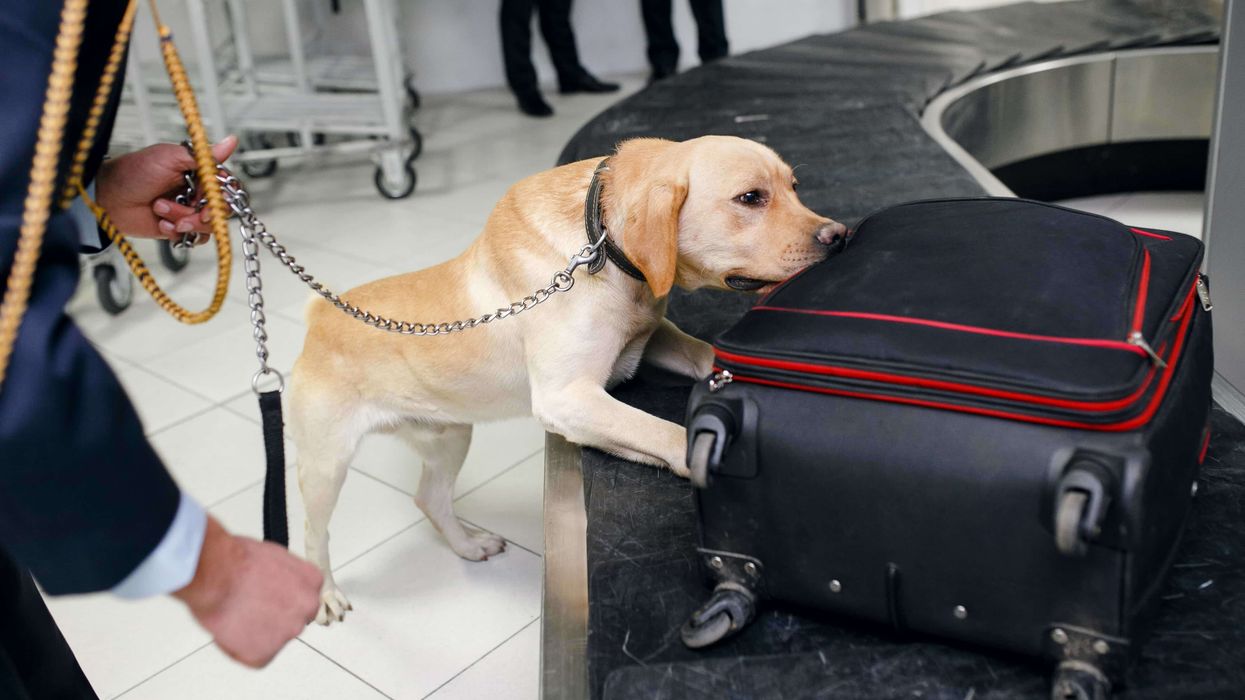
 Can Drug Dogs Smell Edibles? - The Bluntness
Photo by
Can Drug Dogs Smell Edibles? - The Bluntness
Photo by 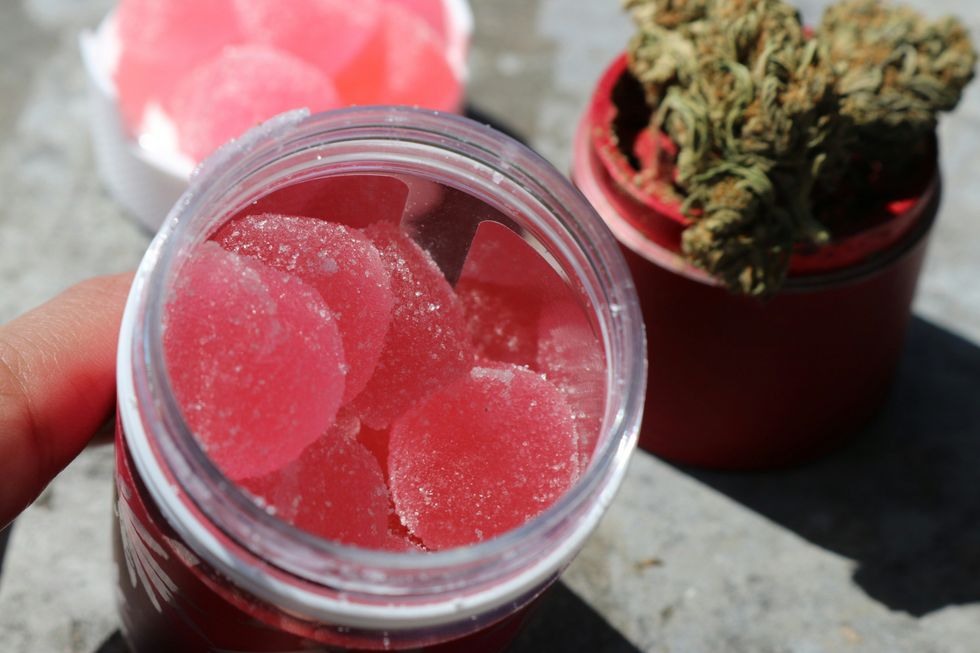 Can Drug Dogs Smell Edibles? - The Bluntness
Photo by
Can Drug Dogs Smell Edibles? - The Bluntness
Photo by 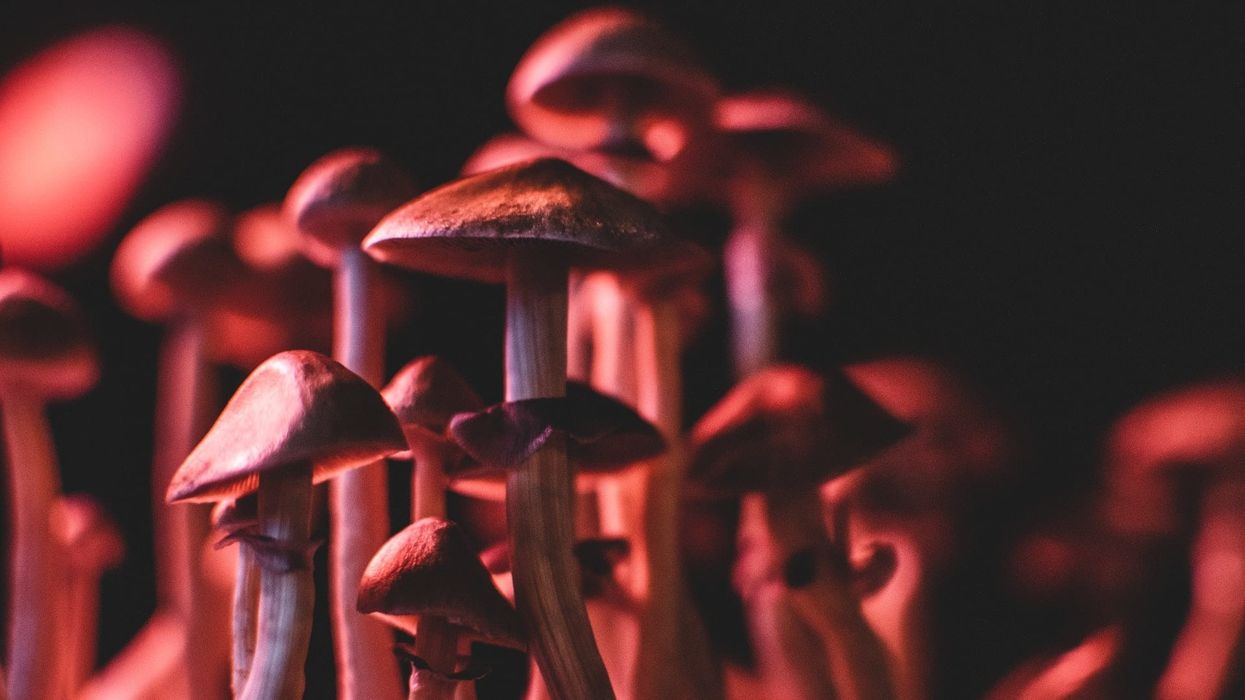
 How to Store Magic Mushrooms
How to Store Magic Mushrooms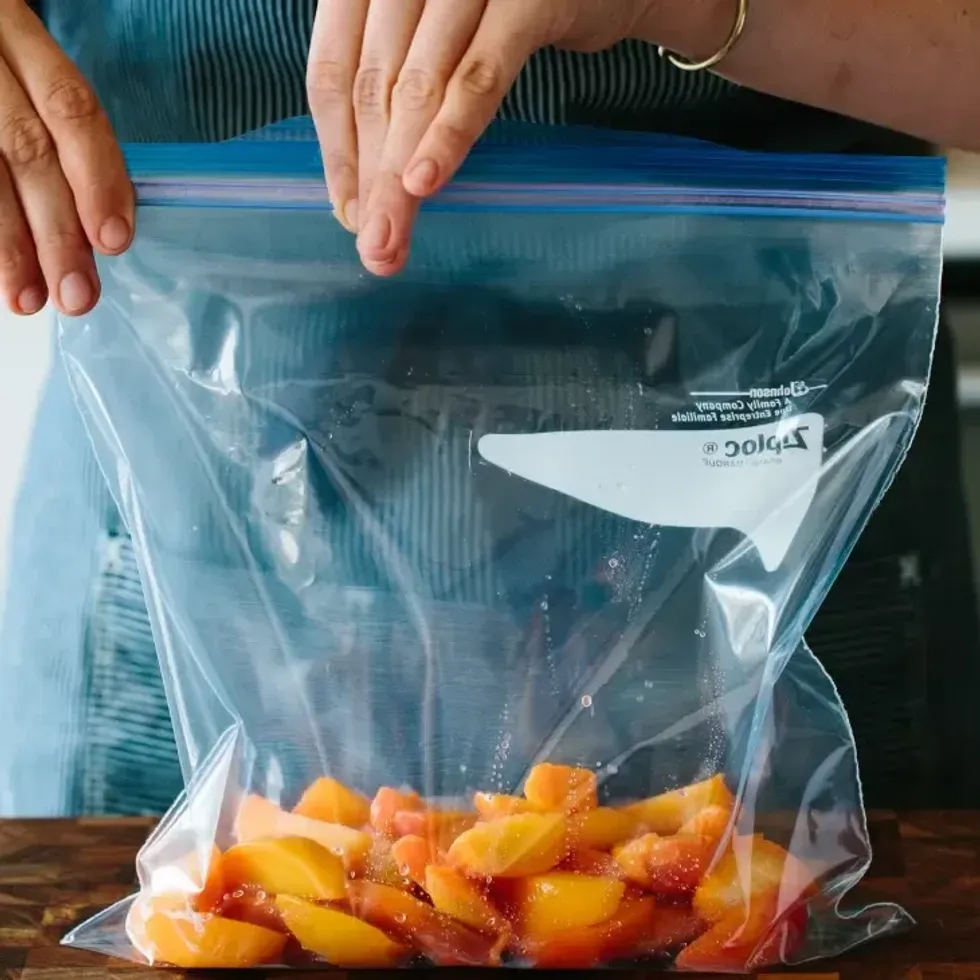 How to Store Magic Mushrooms
How to Store Magic Mushrooms How to Store Magic Mushrooms
How to Store Magic Mushrooms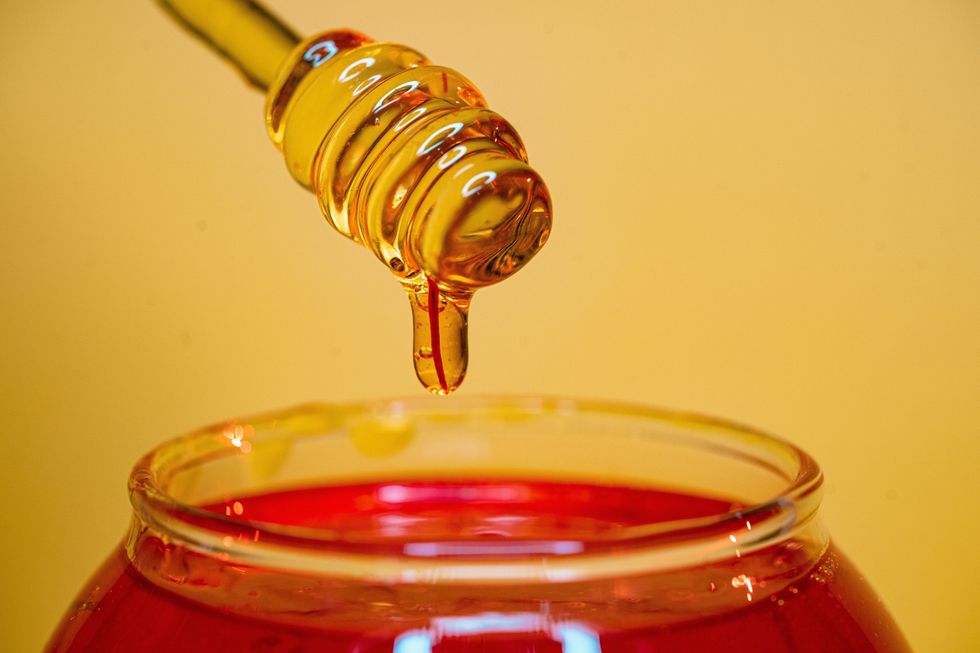 How to Store Magic Mushrooms
How to Store Magic Mushrooms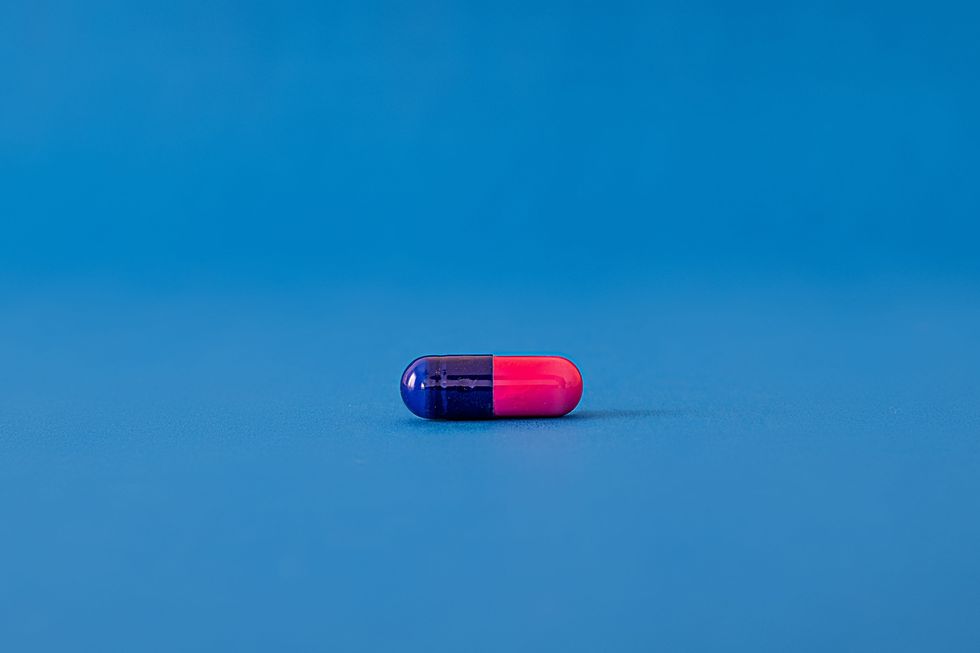 How to Store Magic Mushrooms
How to Store Magic Mushrooms
 Example of sexually suggestive content that's rampant on our Instagram feeds and under Explore sections.
Example of sexually suggestive content that's rampant on our Instagram feeds and under Explore sections.  Examples of sexually suggestive content that's rampant on our Instagram feeds and under Explore sections.
Examples of sexually suggestive content that's rampant on our Instagram feeds and under Explore sections. 

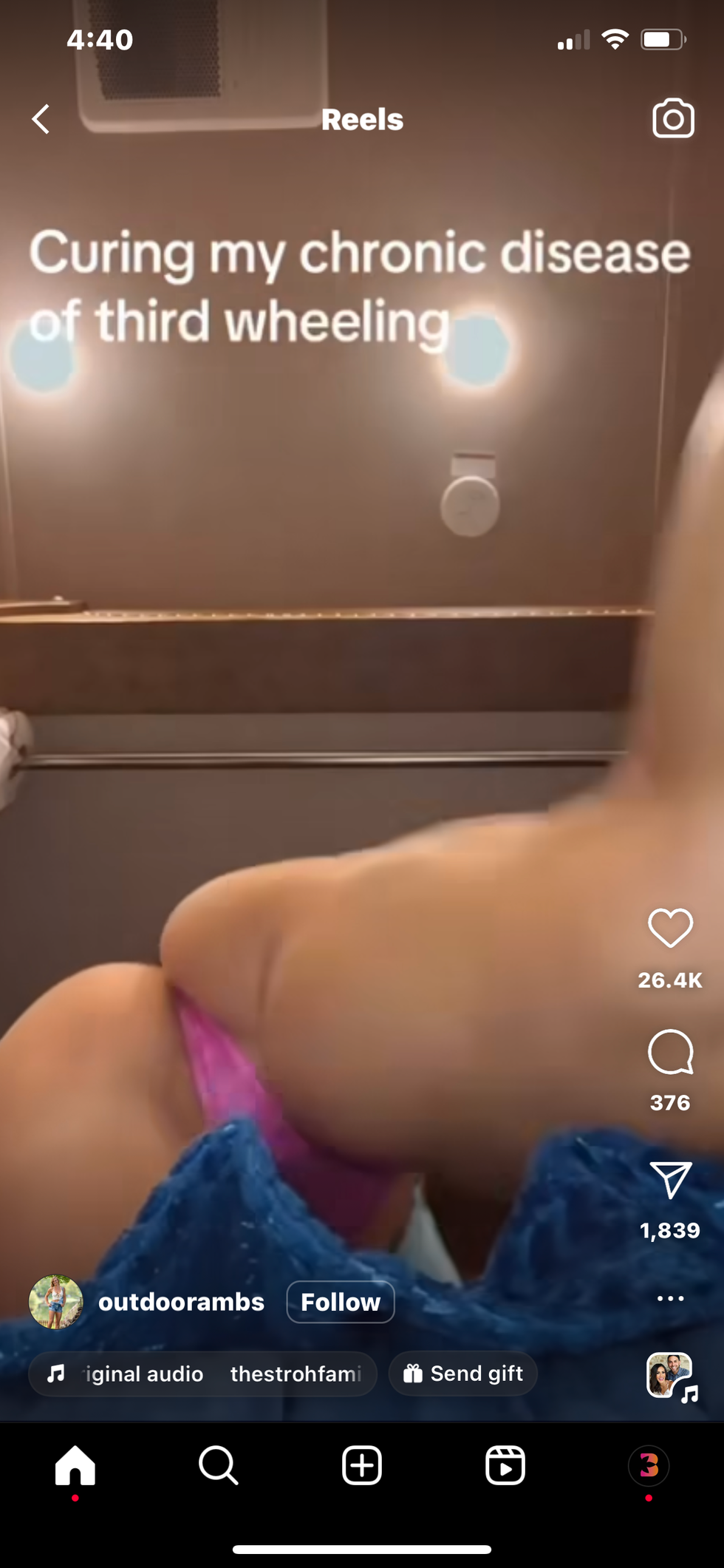


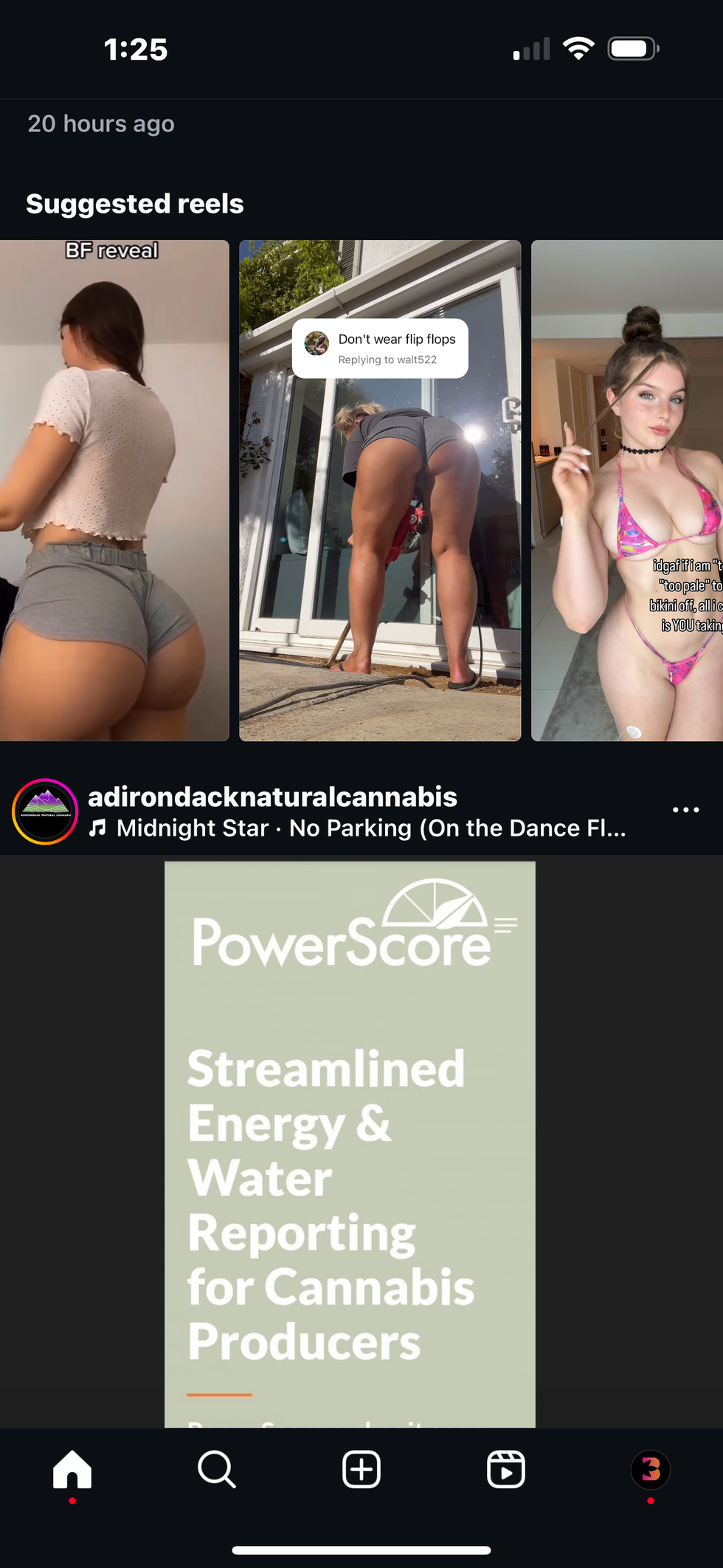
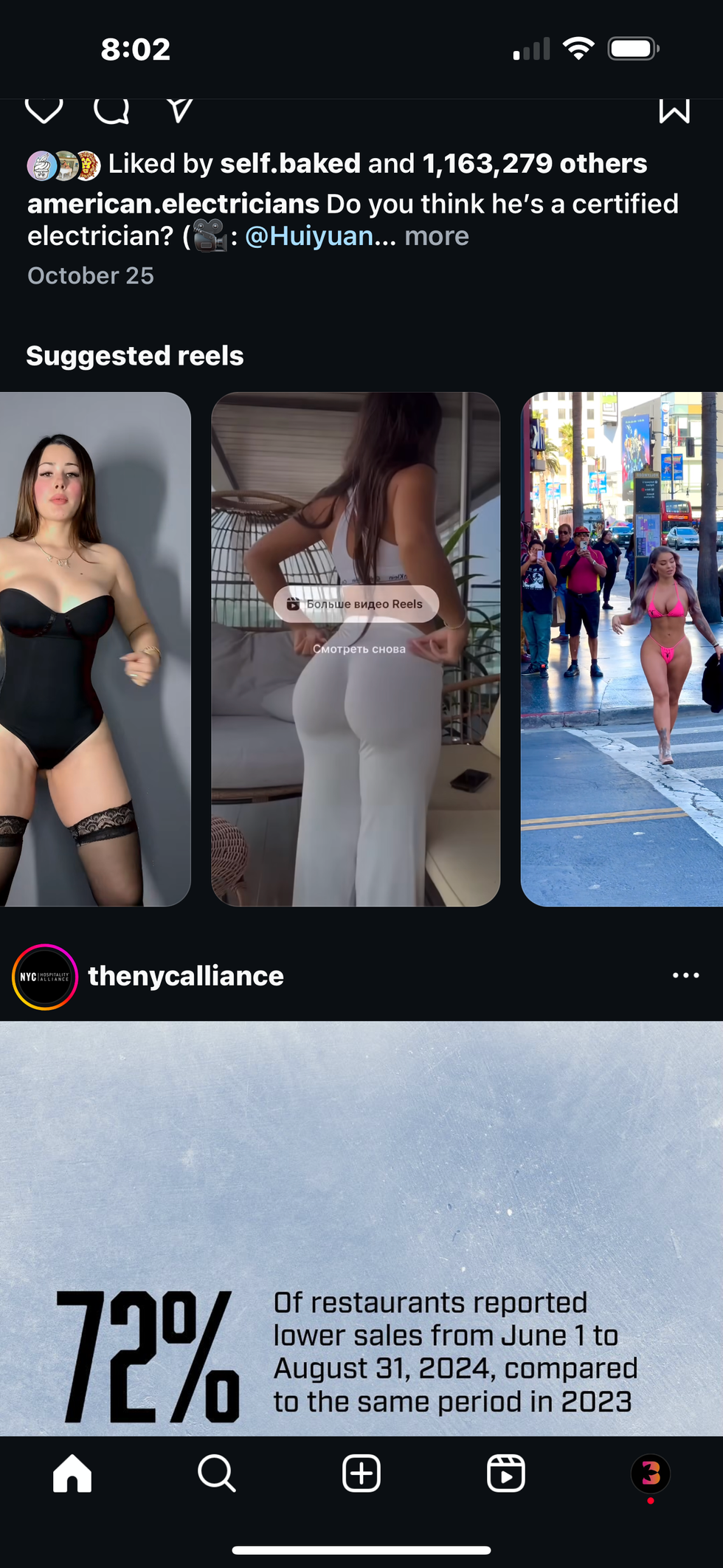

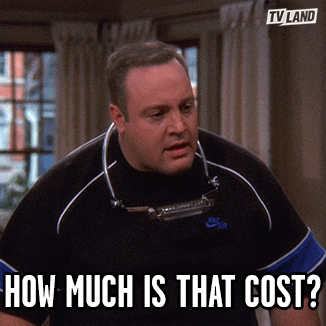
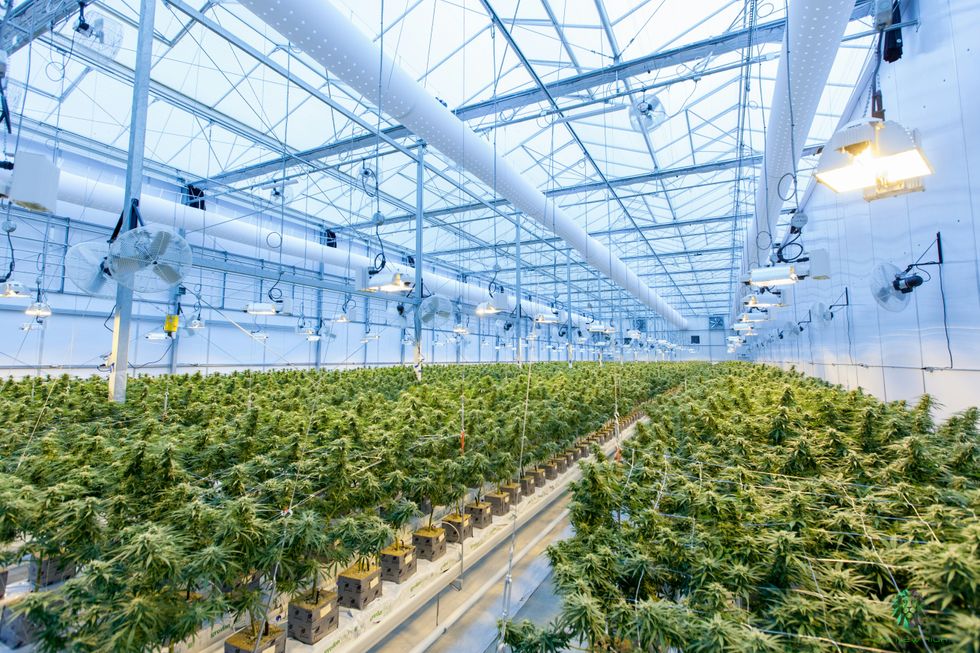 When it comes to pricing, cultivation methods matter - The Bluntness
Photo by
When it comes to pricing, cultivation methods matter - The Bluntness
Photo by